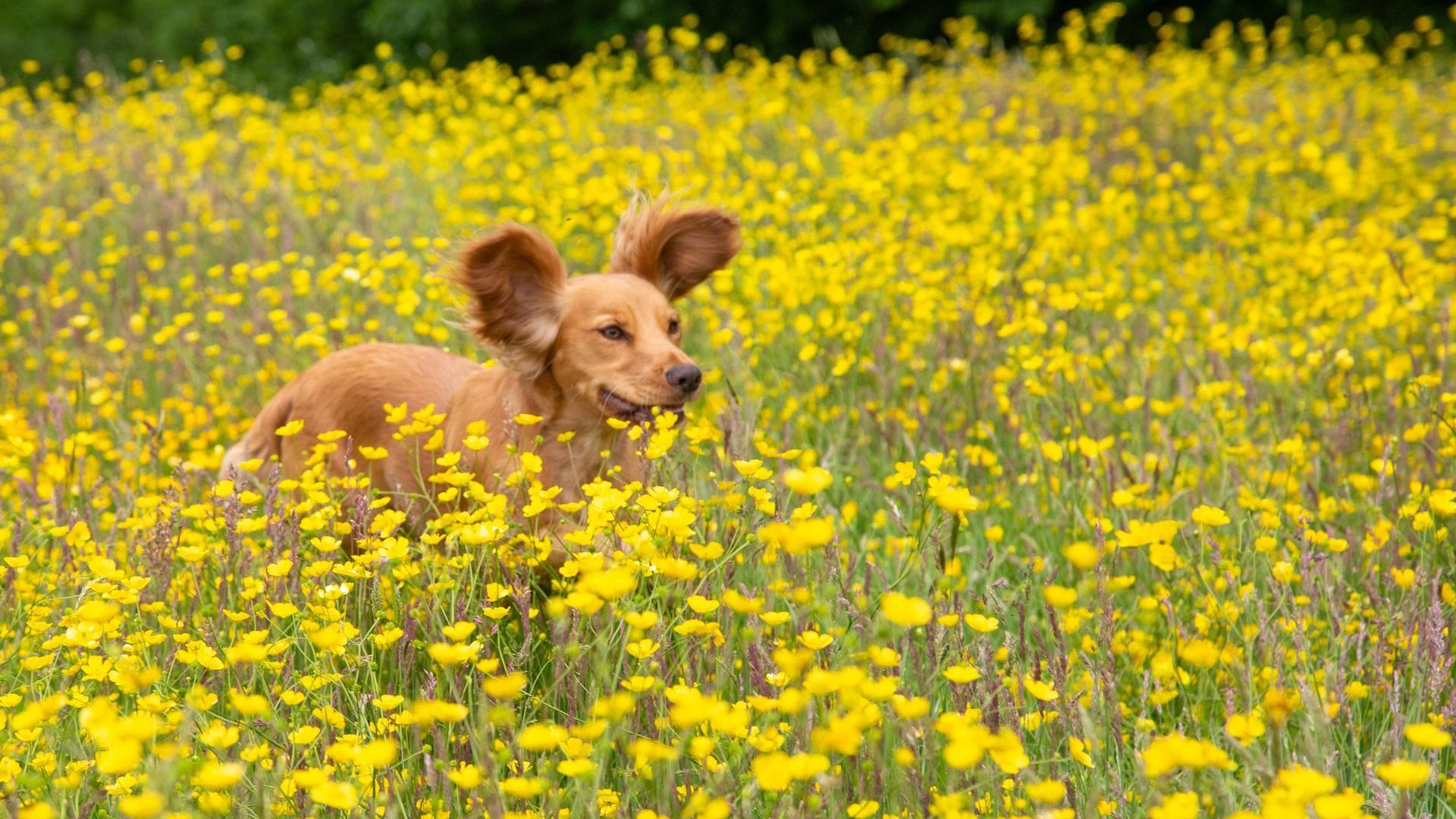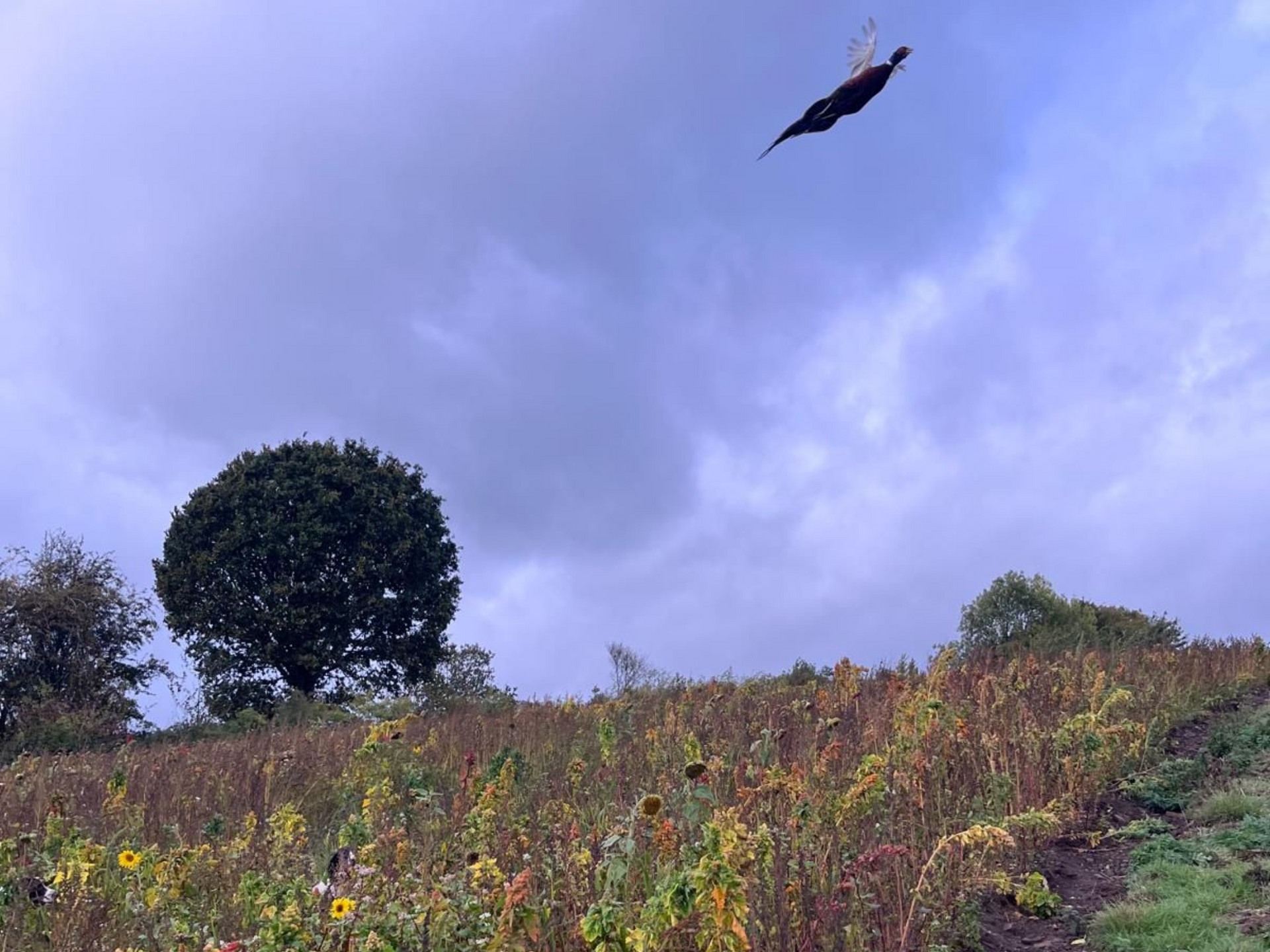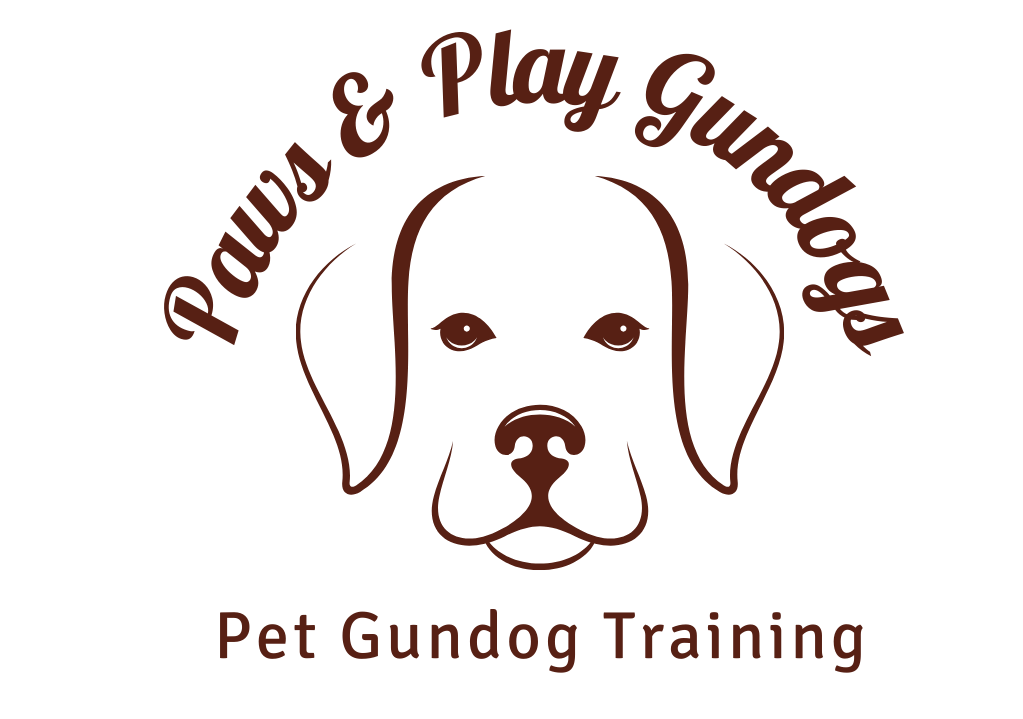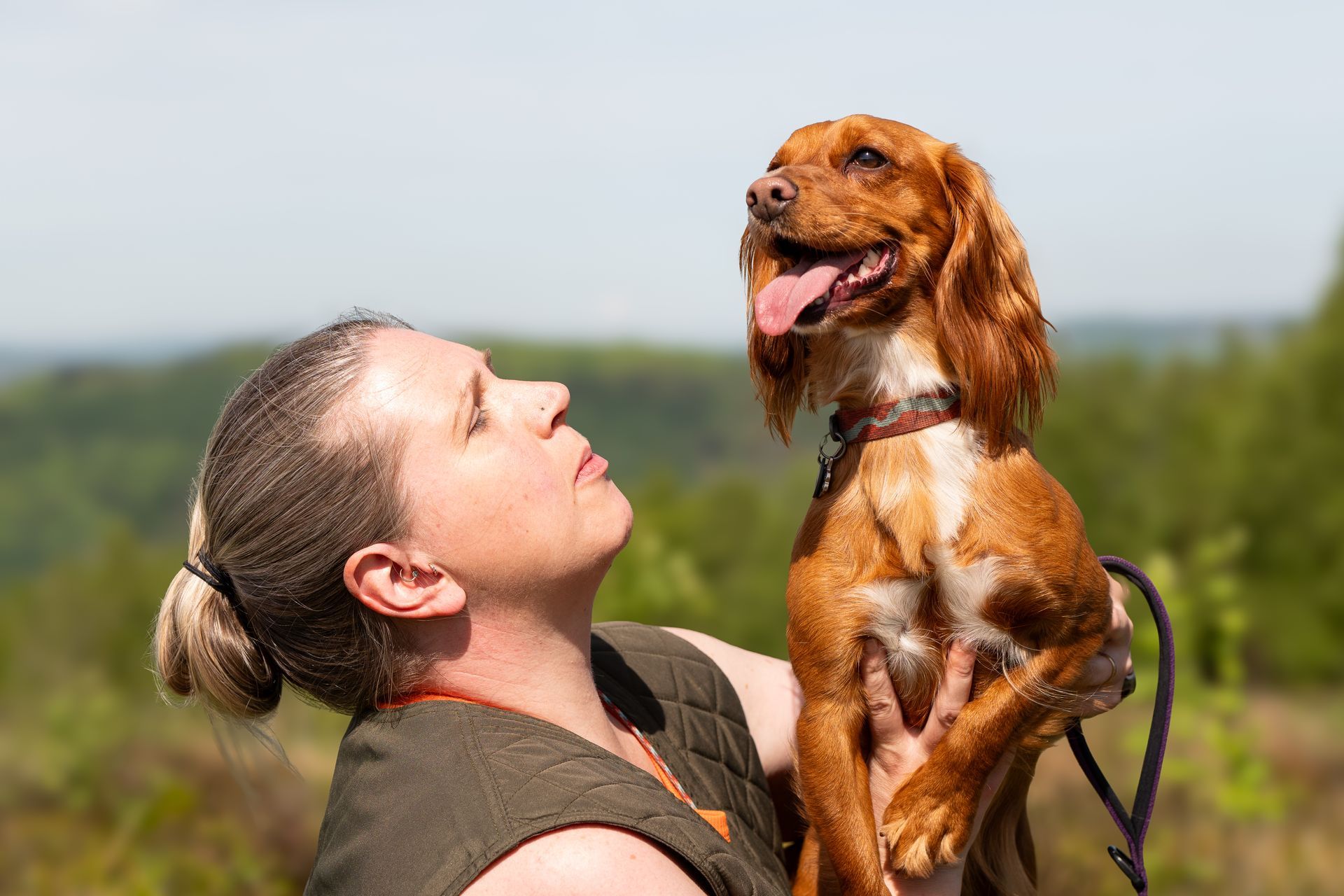How to Manage Prey Drive in Your Dog (and Turn Instincts into Fun Games)
Learn how to manage your dog’s prey drive using positive reinforcement and instinct-based games from Paws & Play Gundogs.

Understanding Your Dog’s Natural Instincts
You call your dog’s name, but they don’t hear you — their eyes are locked on a squirrel darting across the field. In a flash, they’re gone, muscles tight with excitement and every instinct alive. It’s both awe-inspiring and a little terrifying. If this sounds familiar, you’re not alone.
Many owners mistake this behaviour for stubbornness or lack of training, when in reality, it’s something far more natural — prey drive. Every dog, from the family pet to the seasoned working gundog, carries this ancient instinct within them. The good news? You don’t need to fight it. You can learn to work with it.
In this blog, we’ll explore what prey drive really is, how to understand the predation sequence, and most importantly, how to redirect those powerful instincts through positive reinforcement and fun, instinct-based games.
At Paws & Play Gundogs, we believe in helping owners turn instinct into opportunity — whether your dog’s role is by the fireside or out in the field. And if you’d like to take your training further, our brand-new Gundog Hub online subscription gives you all the tools, games, and guidance to harness your dog’s natural drive safely and effectively.
What Is Prey Drive (and Why Does It Matter?)
At its core, prey drive is your dog’s natural instinct to chase, catch, and sometimes hold onto moving objects — a behaviour deeply rooted in their ancestry. Long before dogs became our companions, their survival depended on these very instincts. Even today, whether you own a lively spaniel, a clever collie, or a relaxed Labrador, that same inbuilt drive still exists beneath the surface.
Prey drive isn’t a sign of disobedience or misbehaviour — it’s biology. When a dog sees movement, it triggers an automatic sequence of reactions in the brain. For some breeds, this response is finely tuned through generations of selective breeding. Working dogs like retrievers or pointers, for example, have been bred to control and channel their prey drive, using it to locate and retrieve rather than to chase and catch.
At Paws & Play Gundogs, we often see owners struggle when these natural behaviours clash with modern life. A chase after a squirrel or a fixation on a moving toy isn’t your dog “being naughty”; it’s instinct taking over. The key lies not in suppressing these behaviours, but in understanding them — and learning how to direct that energy into something more constructive.
By recognising prey drive for what it truly is — a healthy, natural part of who your dog is — you can begin to strengthen your bond and create more balanced, cooperative training sessions. When we work with our dogs’ instincts instead of against them, training becomes not only more effective but far more enjoyable for both of you.

The Predation Sequence Explained
To truly understand prey drive, it helps to look at the predation sequence — the natural chain of behaviours that make up a dog’s hunting instinct. This sequence is deeply ingrained in all canines, though different breeds emphasise different parts depending on what they were originally bred to do.
The predation sequence typically follows these stages:
- Orient – The dog notices movement or a sound in the environment.
- Eye – The dog locks onto the target, focusing intensely.
- Stalk – The dog moves silently, preparing to chase.
- Chase – The dog runs after the moving object.
- Grab-bite – The dog catches or grabs the object with their mouth.
- Kill-bite – The dog delivers a bite intended to stop movement.
- Dissect – The dog tears or shakes the prey.
- Consume – The dog eats or plays with what’s left.
Of course, most pet dogs never complete all these stages — and nor should they! Instead, selective breeding has refined different points in the sequence for various purposes.
- Herding dogs like Border Collies have strong eye and stalk drives, but rarely progress to biting.
- Retrievers and spaniels love the chase and retrieve stages, making them perfect partners in the field.
- Terriers are often bred for strong grab-bite instincts, which made them effective pest controllers.
Understanding which parts of the sequence your dog is most motivated by helps you predict their triggers and build training that satisfies those needs in a safe, structured way.
At Paws & Play Gundogs, we use this knowledge to design games that mimic the rewarding parts of the sequence — giving dogs a healthy outlet for their instincts while strengthening their focus and responsiveness. When you learn to read your dog’s individual prey pattern, you can start to transform moments of chaos into opportunities for connection.
Redirecting Instincts Through Games and Positive Reinforcement
Once you understand your dog’s prey drive, the next step is learning how to redirect it. Rather than suppressing those powerful instincts, we can harness them through structured games and positive reinforcement — turning drive into focus and cooperation.
At Paws & Play Gundogs, we believe that every dog, whether a pet or working gundog, benefits from training that satisfies their natural drives. Our game-based training approach mirrors the stages of the predation sequence — from stalking and chasing to retrieving — but in a safe, controlled, and rewarding way.
Here are a few of our favourite gundog-inspired games that channel your dog’s instincts productively:
- Marked retrieves: Throw a dummy or ball into cover and ask your dog to watch it land before waiting for your cue to retrieve. This builds patience and control over the chase stage of the sequence.
- Memory retrieves: Place a dummy or toy while your dog watches, then walk them away before sending them back to collect it. This develops focus, recall, and trust in your direction.
- Hunting games: Scatter several small dummies or tennis balls in long grass and encourage your dog to use their nose to find them. This taps into their search and orienting instincts while promoting teamwork.
- Steady-to-game drills: Practise rewarding calm behaviour when wildlife or distractions appear. Start with a thrown toy, rewarding your dog for waiting calmly before releasing them for the retrieve.
- Tug-and-release control: For dogs with strong grab-bite instincts, use a soft dummy or tug toy to satisfy the grip, but reinforce a polite “thank you” or “drop” cue before continuing play.
Each of these exercises gives your dog an outlet for their natural drives in a structured, cooperative way. The goal isn’t to remove prey drive — it’s to channel it with purpose.
When you reward calmness, focus, and responsiveness through play, your dog learns that control brings opportunity. This is the foundation of successful gundog training — and it’s just as effective for pet dogs as it is for those working in the field.
By using positive reinforcement, we replace frustration and instinctive reactions with understanding and teamwork. Your dog learns that working with you is far more rewarding than chasing the real thing — and you both enjoy the process along the way.
From Prey Drive to Partnership: Training with Purpose
When you start to work with your dog’s instincts instead of against them, something remarkable happens — training stops feeling like control, and starts feeling like connection.
Prey drive, when guided correctly, becomes a bridge between you and your dog. Every game, every retrieve, every moment of focus builds trust and understanding. Your dog learns that their natural energy has a purpose, and you become the partner who helps them express it safely and successfully.
At Paws & Play Gundogs, we’ve seen countless owners transform their dogs simply by changing perspective. One of our clients, for example, struggled with her spaniel bolting at the sight of birds. By introducing structured hunting games and rewarding steady behaviour before the retrieve, that same energy was redirected into controlled enthusiasm. Within weeks, what once caused chaos became a sign of progress — her spaniel’s eyes bright with focus, waiting for her cue instead of chasing on impulse.
That’s the beauty of instinct-based, positive training. It doesn’t try to erase who your dog is; it celebrates it. You’re teaching your dog to think before they act, to find reward in cooperation, and to take pride in the job they’re doing — whether that’s in the field or your local park.
And if you’d like structured guidance and fresh ideas for building this kind of partnership, our Gundog Hub online subscription offers a library of video tutorials, games, and expert advice designed to help you harness your dog’s instincts safely and confidently.
Because when you understand your dog’s natural drive, you stop battling against it — and start building the kind of partnership every owner dreams of.
Harness the Drive, Strengthen the Bond
Your dog’s prey drive isn’t something to fear or fix — it’s a powerful, instinctive part of who they are. When you learn to recognise it, understand it, and channel it through play and purpose, you transform that energy into something truly special: partnership.
By working with your dog’s natural instincts instead of against them, you’re not just improving obedience — you’re deepening trust, building focus, and nurturing a confident, content companion. Every retrieve, every “stay,” every moment of calm in the face of excitement becomes a reflection of teamwork.
At Paws & Play Gundogs, we believe that all dogs — from working gundogs to beloved pets — deserve training that fulfils their instincts and strengthens their bond with their human. Through positive reinforcement and instinct-based games, you can create a dog who listens because they want to, not because they have to.
If you’re ready to take this journey further, join our Gundog Hub online subscription. Inside, you’ll find expert-led tutorials, guided training plans, and engaging games designed to help you harness your dog’s prey drive with confidence and joy.
Because when instinct meets understanding, the result isn’t chaos — it’s connection.



